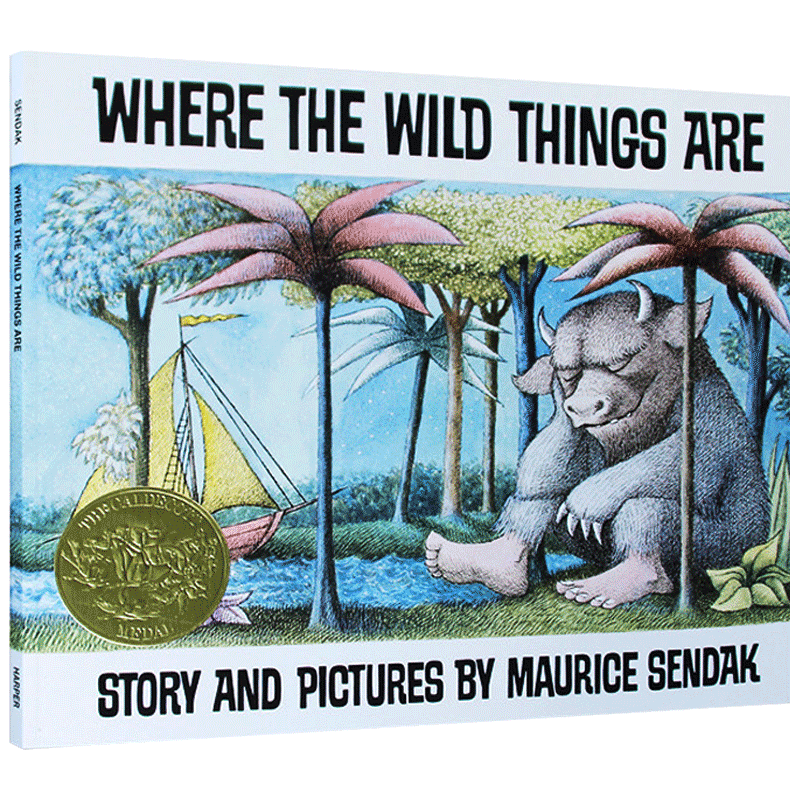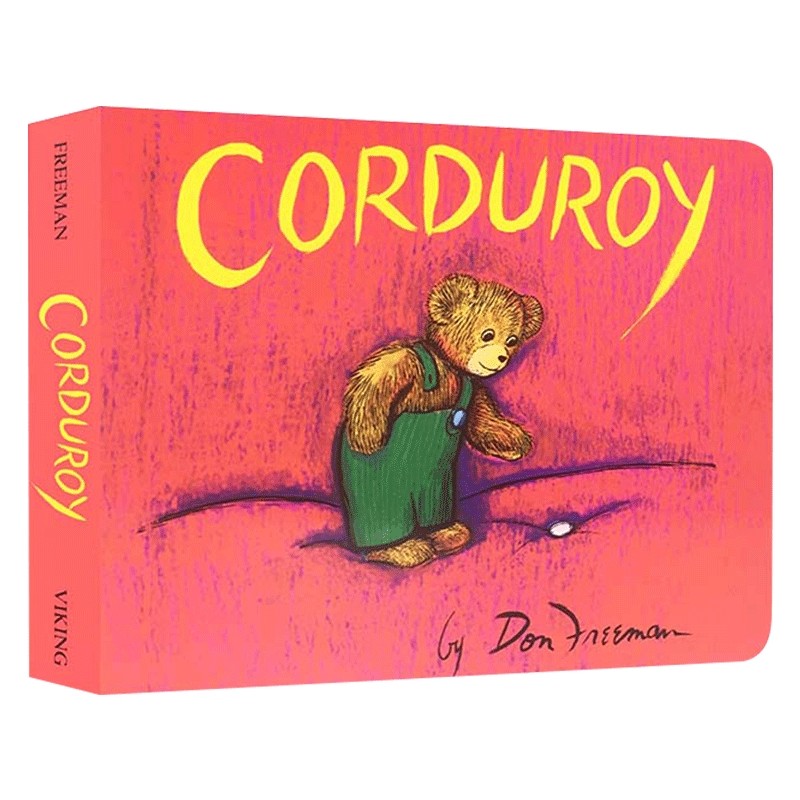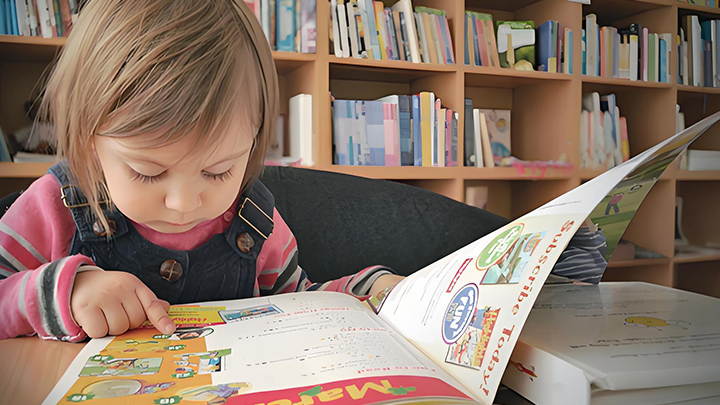How to Choose the Right Picture Books for Children: A Guide for Parents and Educators
Choosing the right picture books for children is a crucial step in fostering their love for reading and supporting their development. With the abundance of picture books available, selecting those that best suit a child's age, interests, and developmental needs can be challenging. This guide aims to provide parents and educators with practical tips on how to choose picture books that will engage, educate, and inspire young readers.

1. Consider the Child’s Age and Developmental Stage
Children’s needs and interests change as they grow, and their developmental stage is a key factor in selecting appropriate picture books.
Infants and Toddlers (0-2 years): For the youngest readers, look for sturdy board books with simple, high-contrast illustrations. Books with rhythmic, repetitive text and sensory elements like touch-and-feel pages or flaps to lift are particularly engaging. At this age, the focus is on stimulating visual and tactile senses and introducing basic concepts such as colors, shapes, and familiar objects.
Preschoolers (3-5 years): Preschoolers are ready for more complex stories and illustrations. Choose books with simple, engaging plots, vibrant pictures, and repetitive or rhyming text that encourages participation. Books that explore emotions, friendships, and everyday experiences resonate well with this age group. Look for stories that encourage curiosity and introduce concepts such as numbers, letters, and social skills.
Early School Age (6-8 years): As children begin to read independently, they enjoy stories with more detailed plots and richer vocabulary. Books that challenge their reading skills while still being accessible are ideal. Look for picture books with more complex narratives, diverse characters, and themes that spark imagination and critical thinking. This age group appreciates humor, adventure, and stories that allow them to explore new ideas and perspectives.
2. Evaluate the Story and Content
The story and content of a picture book are fundamental in capturing a child's interest and conveying meaningful messages.
Engaging Storyline: A compelling story is essential. Look for books with clear, engaging plots that keep children interested from beginning to end. The story should be age-appropriate and easy for the child to follow, with a satisfying resolution.
Relatable Themes: Children connect deeply with stories that reflect their own experiences and emotions. Books about family, friends, school, and other familiar themes resonate well. Additionally, stories that explore universal themes such as kindness, courage, and perseverance provide valuable lessons.
Diverse Characters and Settings: Choose books that feature diverse characters and settings, allowing children to see themselves and others in the stories they read. Exposure to different cultures, lifestyles, and perspectives broadens their understanding of the world and fosters empathy and inclusivity.
Positive Messages and Moral Lessons: Books that convey positive messages and moral lessons help children learn about values and behaviors. Look for stories that promote qualities such as kindness, honesty, and resilience in ways that are engaging and age-appropriate.
3. Assess the Illustrations and Artistic Style
The illustrations in picture books are as important as the text, especially for young children who rely heavily on visual cues to understand the story.
Quality of Illustrations: High-quality, attractive illustrations are crucial. They should be clear, colorful, and captivating, drawing children into the story. The artwork should complement and enhance the text, providing visual context that supports comprehension.
Artistic Style: Different artistic styles appeal to different children. Some may prefer realistic illustrations, while others enjoy more abstract or whimsical art. Consider the child's preferences and choose books with illustrations that they find engaging and enjoyable.
Interaction Between Text and Images: The best picture books have a seamless integration of text and images, where the illustrations not only support but also expand on the story. Look for books where the pictures provide additional details and cues that enrich the narrative experience.
4. Ensure Durability and Practicality
For younger children, especially those under five, the physical durability of a book is an important consideration.
Sturdy Construction: Books for toddlers and preschoolers should be sturdy enough to withstand handling, chewing, and enthusiastic page-turning. Board books, cloth books, and other durable formats are ideal for this age group.
Size and Format: Consider the size and format of the book. Large, easy-to-hold books are great for little hands, while interactive elements like flaps, pop-ups, or textured pages can make the reading experience more engaging.
5. Align with the Child’s Interests and Curiosities
Choosing books that align with a child's interests can significantly enhance their engagement and enjoyment.
Favorite Topics and Themes: If a child has a particular interest, such as animals, vehicles, or fairy tales, select books that explore these topics. Books that align with their passions keep them excited about reading and learning.
Encouraging Exploration: Introduce books that broaden a child’s horizons. While it’s important to cater to their current interests, also offer books that introduce new subjects, ideas, and cultures. This encourages curiosity and a love for discovery.

6. Seek Recommendations and Reviews
With so many picture books available, seeking recommendations and reviews can help narrow down the choices.
Award-Winning Books: Books that have won awards, such as the Caldecott Medal or the Coretta Scott King Award, are often of high quality and well-regarded in the literary community. These awards recognize outstanding writing, illustration, and overall contribution to children's literature.
Librarian and Teacher Suggestions: Librarians and teachers are valuable resources for book recommendations. They have a wealth of experience in selecting books that engage and educate children and can provide personalized suggestions based on your child's age and interests.
Online Reviews and Lists: Websites like Goodreads, Common Sense Media, and various parenting blogs offer reviews and curated lists of recommended picture books. These resources can provide insights into the content and appeal of different books.
7. Encourage Participation and Choice
Involving children in the book selection process can enhance their interest and ownership of reading.
Child's Input: Let children choose books that appeal to them. Visiting libraries or bookstores and allowing them to browse and pick out books fosters a sense of independence and enthusiasm for reading.
Reading Together: Reading picture books together is a shared experience that strengthens the bond between the child and the caregiver. Encourage discussion about the story and illustrations, ask open-ended questions, and engage in activities that relate to the book's themes.
Conclusion
Selecting the right picture books for children is a thoughtful process that considers their age, developmental stage, interests, and needs. By focusing on engaging stories, quality illustrations, diverse themes, and durability, parents and educators can provide children with enriching reading experiences that foster a lifelong love for books and learning.
In conclusion, the right picture books can open doors to new worlds, spark imagination, and nurture essential skills in young minds. By carefully choosing and sharing these books, we help children explore, understand, and enjoy the wonderful world of stories.



